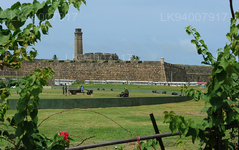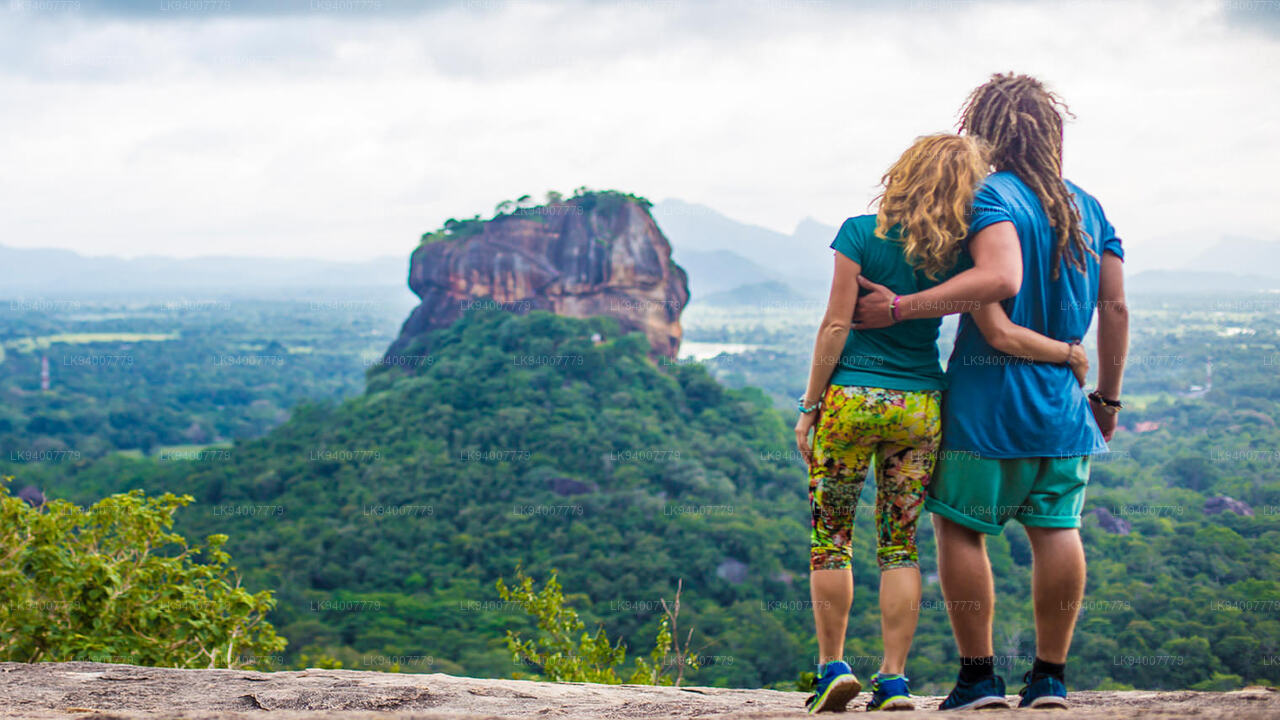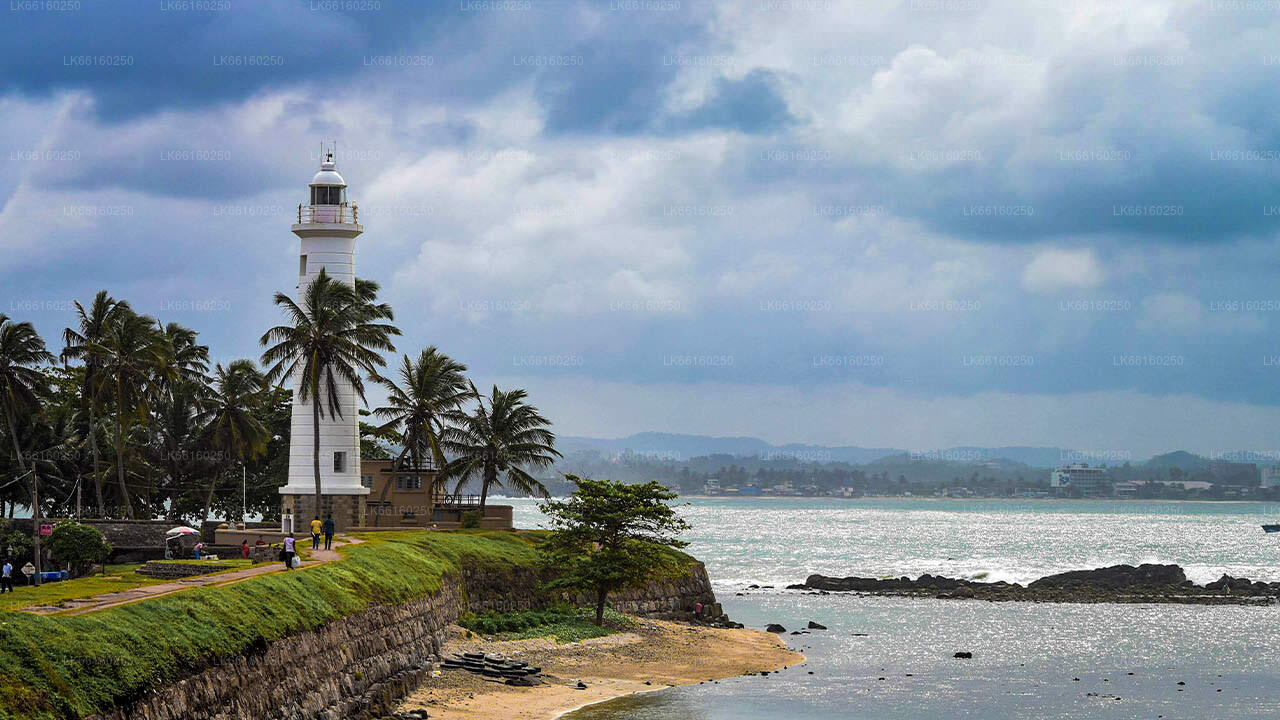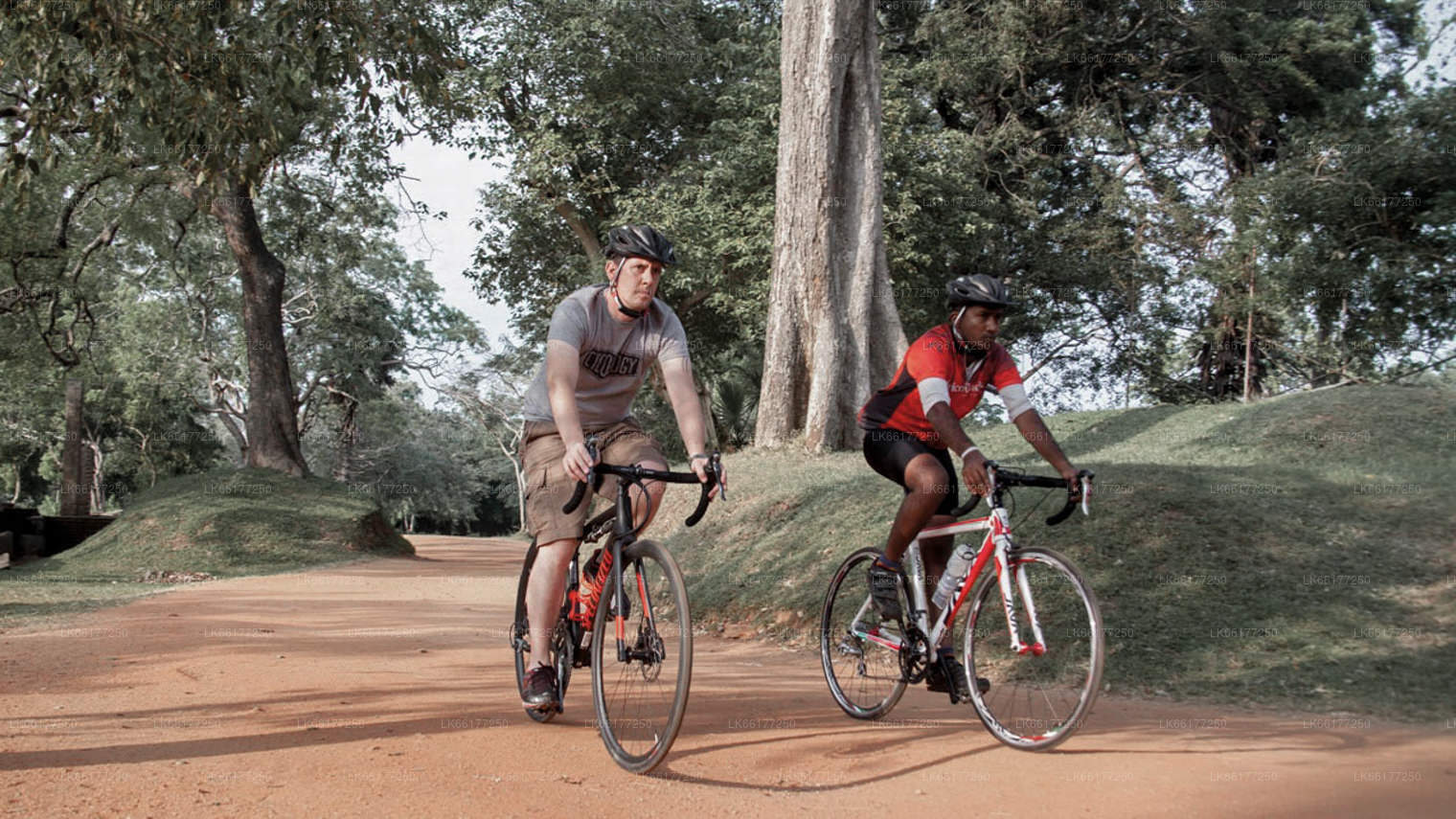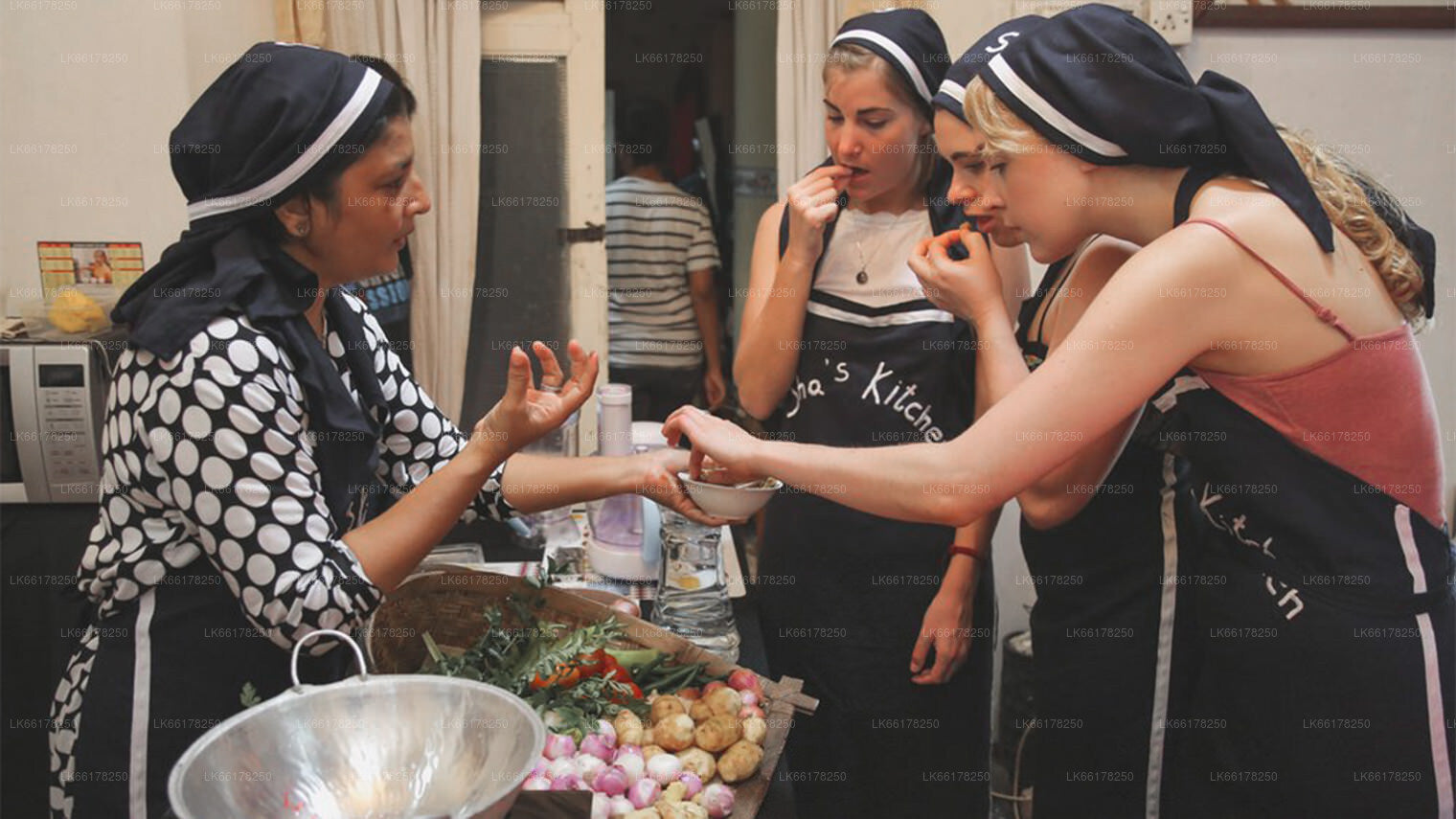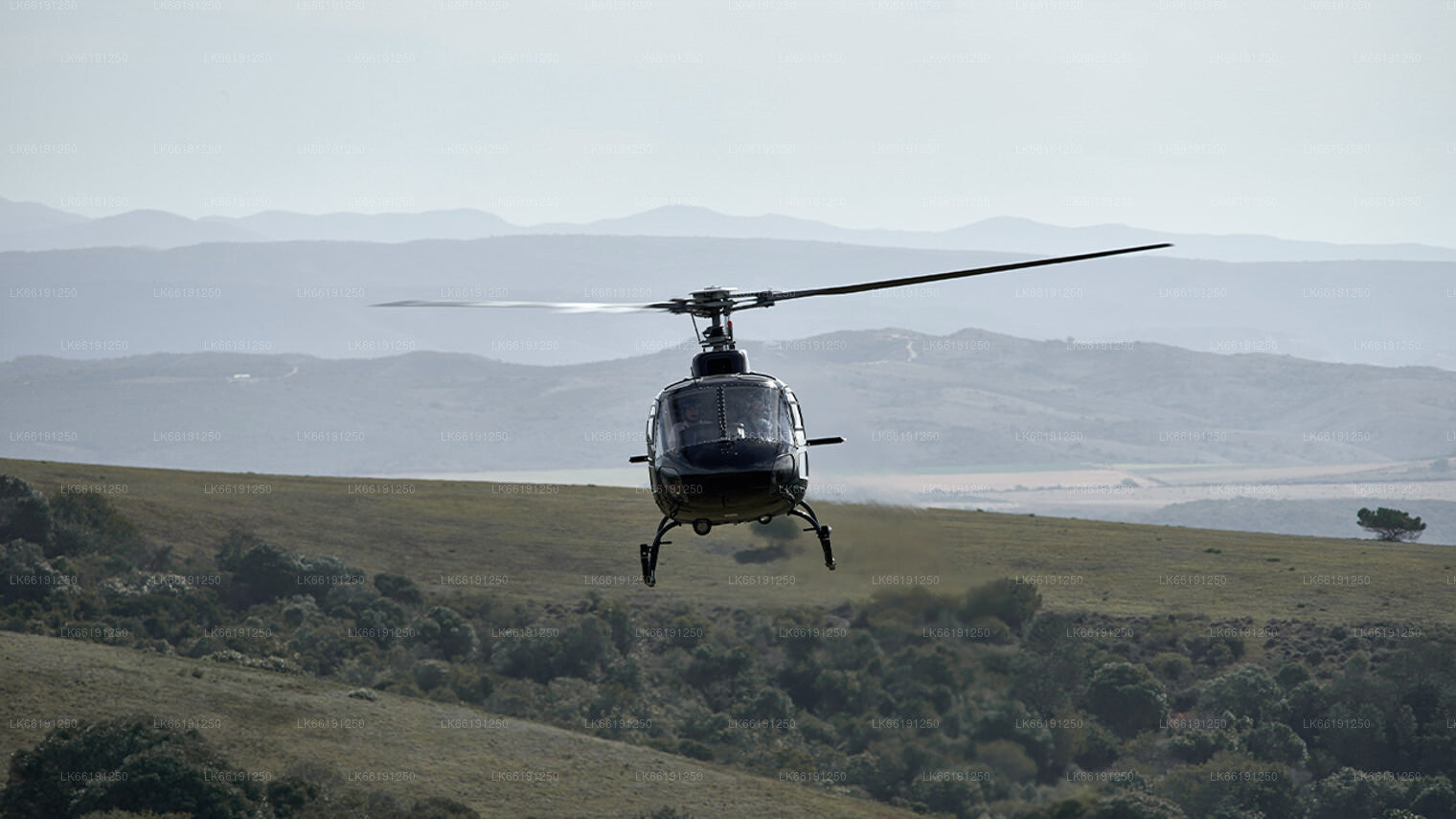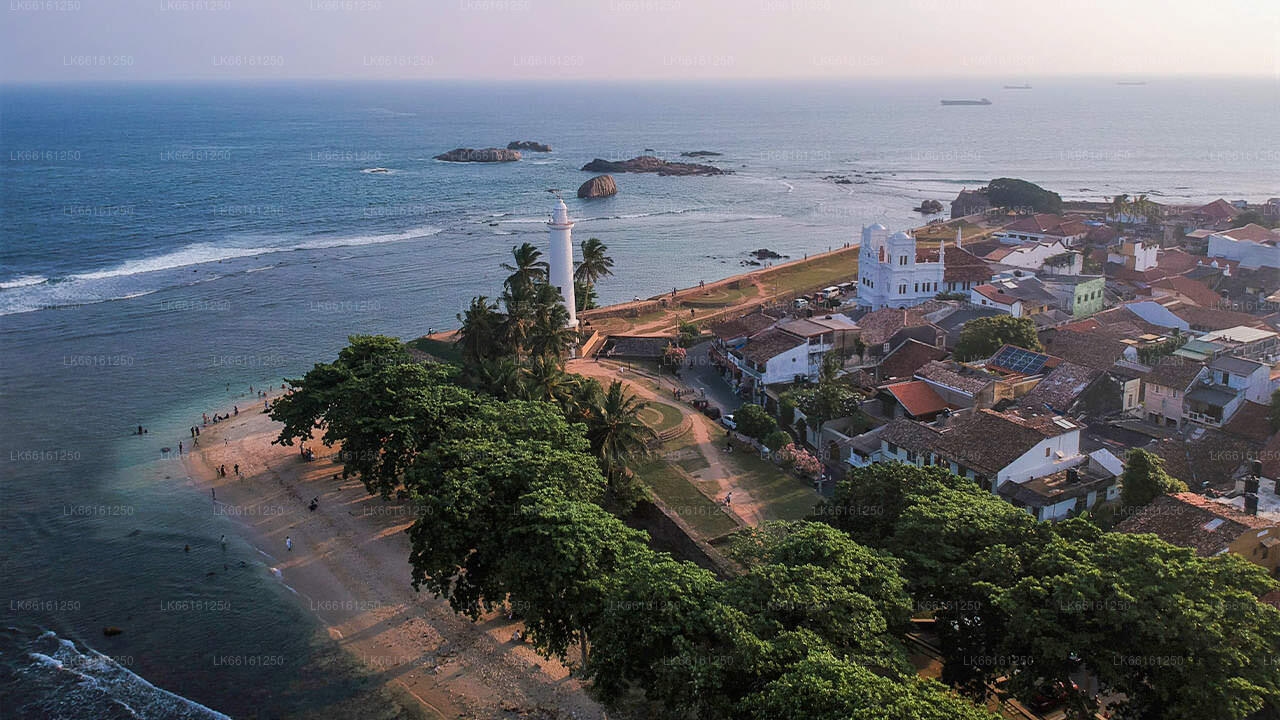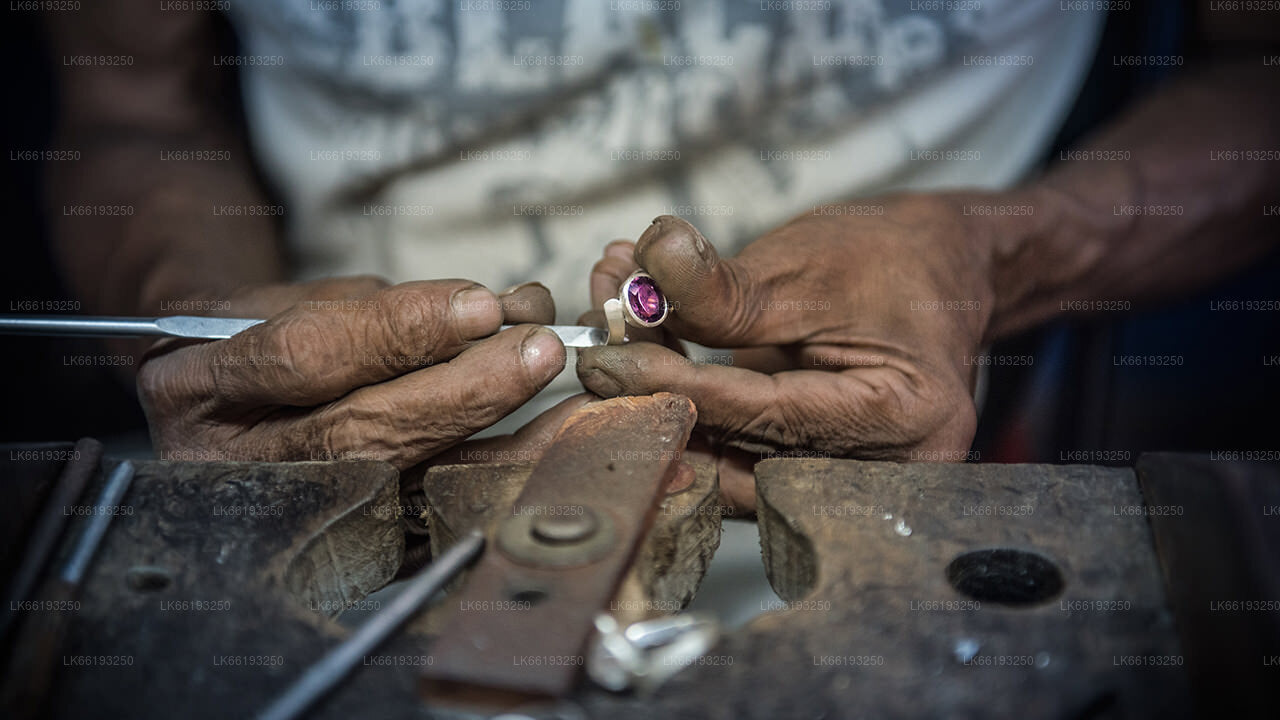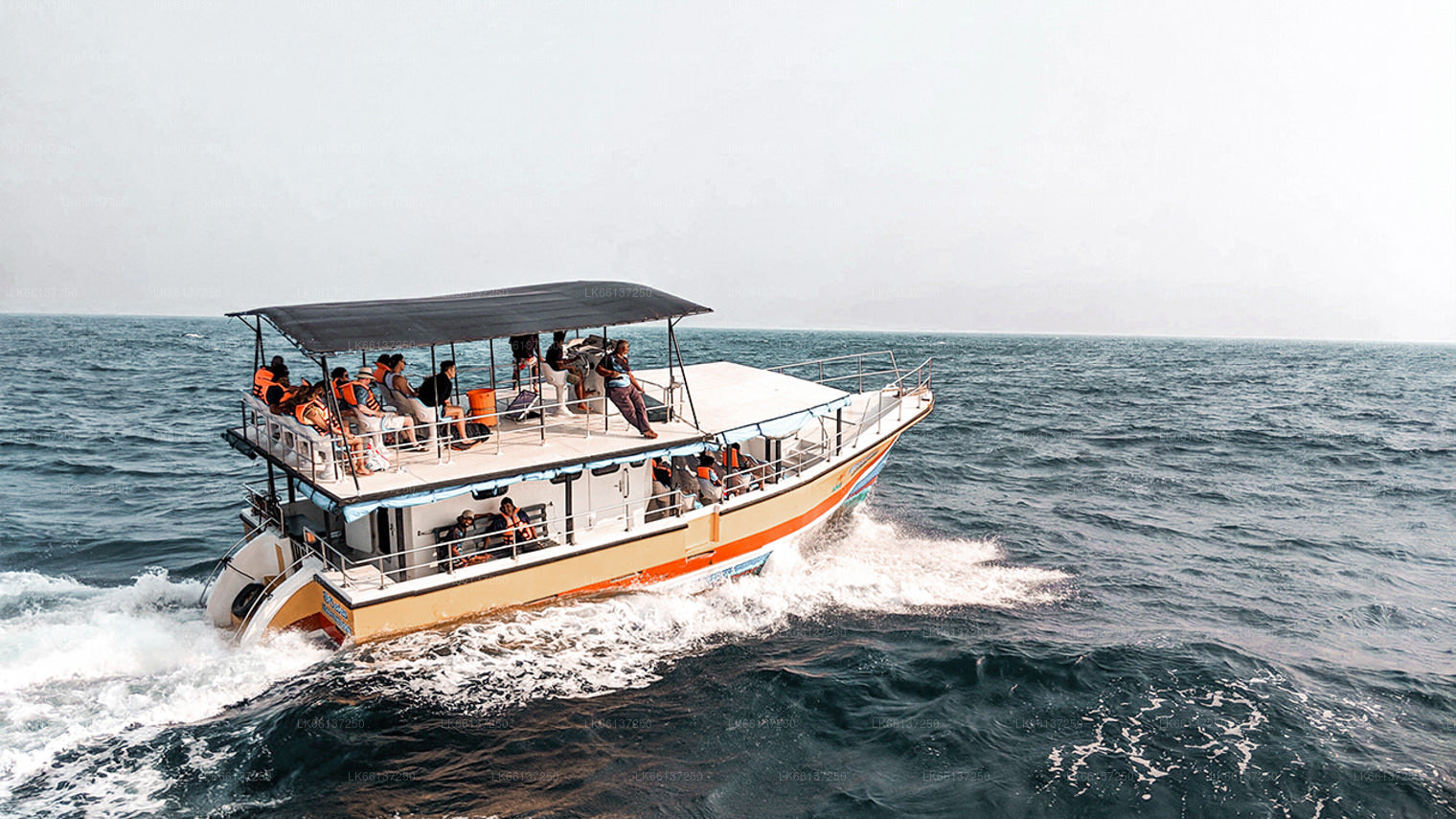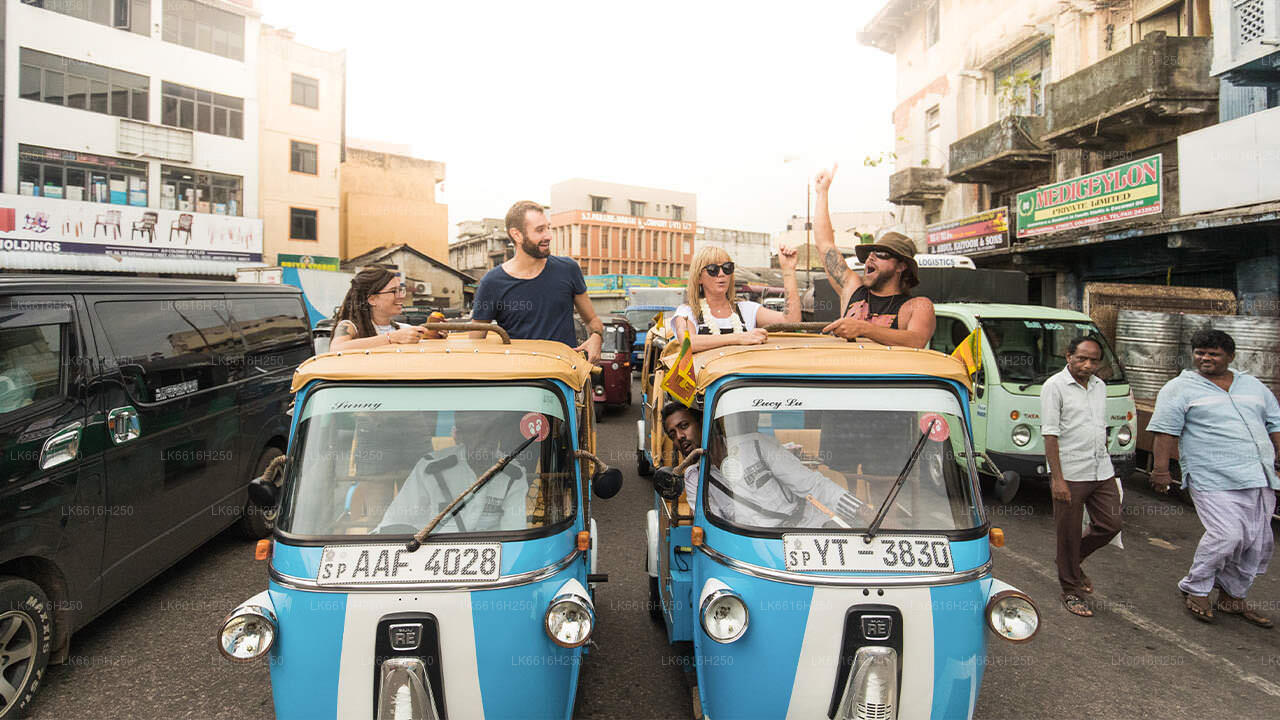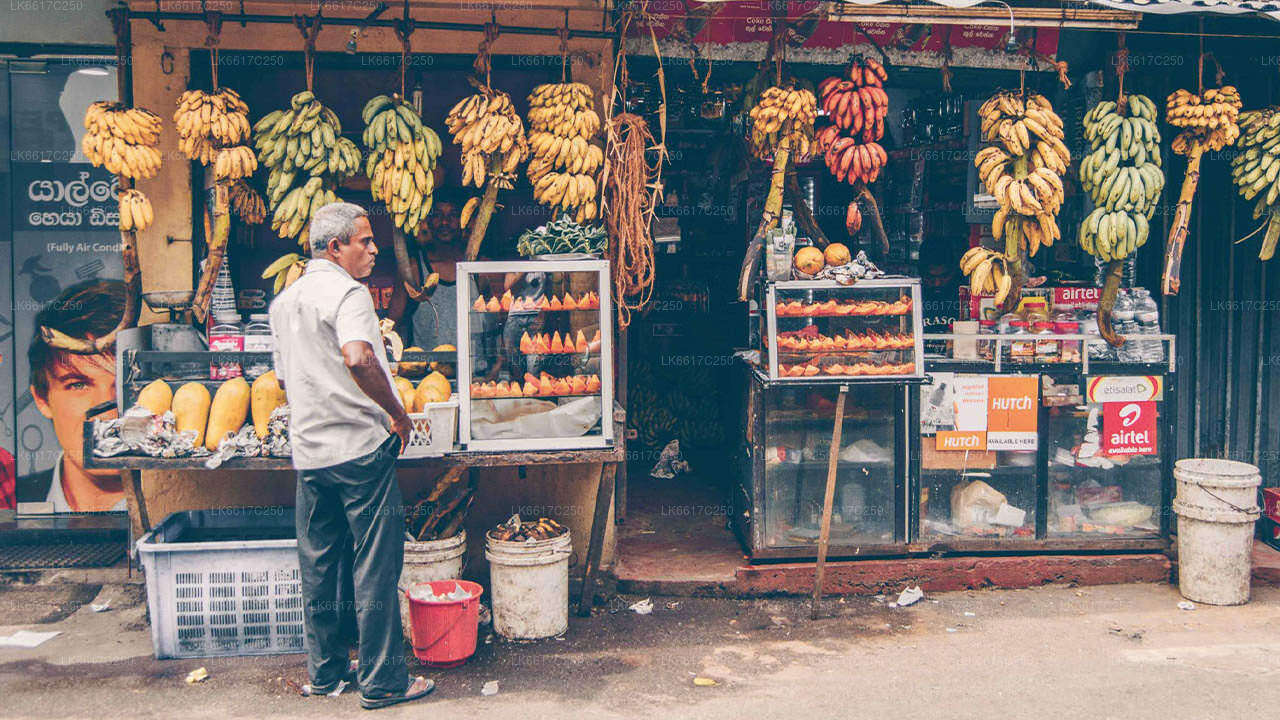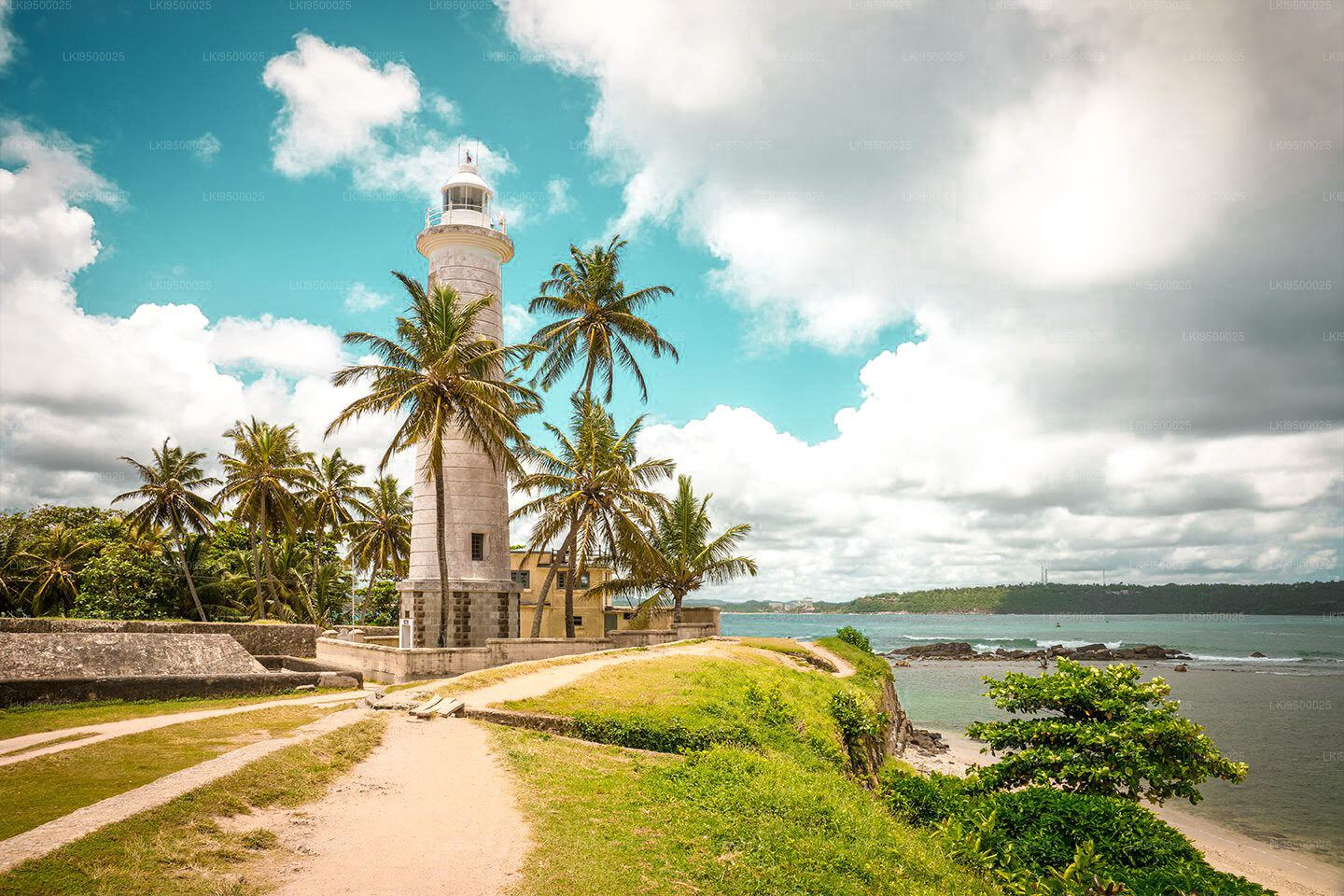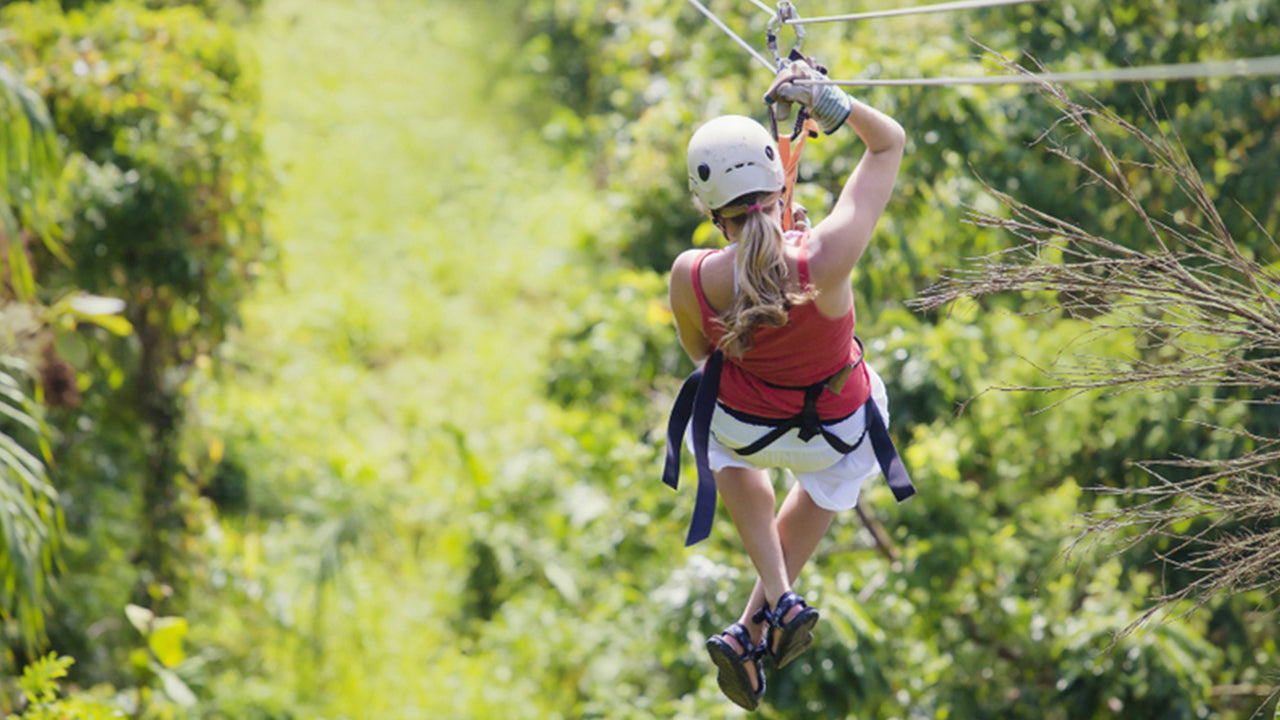
Galle City
Galle, a charming coastal city in Sri Lanka, boasts a rich history and vibrant culture. Its iconic Dutch Fort, a UNESCO World Heritage Site, stands as a testament to colonial influence. Explore pristine beaches, immerse in cultural festivals, and savor local cuisine amidst the old-world charm of Galle.
Galle International Cricket Stadium
Galle International Stadium is a cricket stadium in Galle, Sri Lanka, situated near the Galle fort and fringed on two sides by the Indian Ocean. It is considered to be one of the most picturesque cricket grounds in the world. Before being brought up to international cricket standards, it was known as ‘The Esplanade’, and is the home ground of the Galle Cricket Club. This Stadium is identified as one of the luckiest venues for the Sri Lankan national cricket team.
The ground was built in 1876 as a race course. There was no permanent pavilion until 1892, when a ‘grand stand’ was built according to a suggestion of Mr. P A Templer, the then Secretary of the Galle Municipal Council. Eventually the racing ceased and the ground was used for cricket matches more than races. In 1927, the ground was officially declared as a cricket stadium.
The ground hosted its first first-class match on 29 February 1984. A turf wicket was introduced to the stadium in 1945 under the guidance of Mr. Dhanapala Lorensu Hewa who was then secretary of the Galle Cricket Ground. The assistance of the Colombo Cricket Club was also taken for this.
The ground was later upgraded to international cricket standards, and became the seventh international cricket stadium in Sri Lanka able to host Test matches. The first test match was played on the ground on 3 June 1998. It was played between Sri Lanka and New Zealand, resulting in a win for Sri Lanka by an innings and 16 runs. The first ODI match was scheduled to be held on 25 June 1998 between India and Sri Lanka, but was abandoned due to the ground being waterlogged from overnight rain and heavy raining in the morning.
On 26 December, the ground was devastated by the tsunami resulting from the 2004 Indian Ocean earthquake. Most of the buildings in the stadium were damaged, and the ground was damaged substantially. In the weeks that followed, the stadium became a temporary shelter for hundreds of people displaced from the tsunami. A temporary camp and a helipad were constructed there in order to assist the survivors.
Renovation of the Galle International Stadium began on 8 May 2006. The renovation included several new buildings including a new pavilion and a media centre. The seating capacity was also increased. The re-constructed stadium was opened by His Excellency Mr. Mahinda Rajapakse, the Sri Lankan President on 17 December 2007. After the reopening of the stadium, the first Test match was held between Sri Lanka and England on the same day, which resulted in a draw.
The Galle stadium is also noted for the fact that in 2010 it was the stadium that hosted the last match of arguably one of the best cricketer produced by Sri Lanka, Muttiah Muralitharan. Muralitharan needed eight wickets to reach the 800 mark. His first wicket of the match and 793rd casualty overall was Sachin Tendulkar. He then took a further four wickets in the first innings of that Test match. In the second innings, he took two wickets quickly, but had to bowl a long spell to finally get his 800th wicket, which was that of Pragyan Ojha, who was caught by Mahela Jayawardene at first slip.
On 11 March 2017, the stadium witnessed another milestone for one of the greatest left-arm spinners to ever produced. Rangana Herath became the best left-arm spinner in test cricket history by surpassing 362 wickets by Daniel Vettori after he dismissed Bangladeshi Litton Das.
In June 2017, Sri Lanka Cricket announced that Galle will host its first One Day International after 20 years, when Zimbabwe tour Sri Lanka. The first two ODIs will be held on 30 June and 2 July. In the first ODI, Zimbabwe won the match posting the highest ODI chase ever in Sri Lankan soil. The first ODI century at the venue was scored by Zimbabwean opener Solomon Mire in that match.
About Galle District
Galle is a city situated on the southwestern tip of Sri Lanka, 119 km from Colombo.Galle is the best example of a fortified city built by Europeans in south and Southeast Asia, showing the interaction between European architectural styles and south Asian traditions. The Galle fort is a world heritage site and the largest remaining fortress in Asia built by European occupiers.
Galle is a sizeable town, by Sri Lankan standards, and has a population of 91,000, the majority of whom are of Sinhalese ethnicity. There is also a large Sri Lankan Moor minority, particularly in the fort area, which descend from Arab merchants that settled in the ancient port of Galle.
About Southern Province
The Southern Province of Sri Lanka is a small geographic area consisting of the districts of Galle, Matara and Hambantota. Subsistence farming and fishing is the main source of income for the vast majority of the people of this region.
Important landmarks of the Southern Province include the wildlife sanctuaries of the Yala and Udawalawe National Parks, the holy city of Kataragama, and the ancient cities of Tissamaharama, Kirinda and Galle. (Although Galle is an ancient city, almost nothing survives from before the Portuguese invasion.) During the Portuguese period there were two famous Sinhalese poets called Andare who was from Dickwella and Gajaman Nona who was from Denipitiya in Matara District, composing poems on common man.





